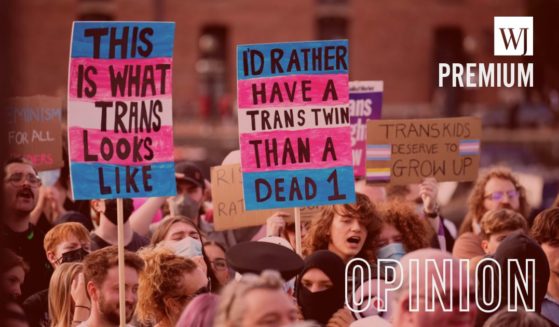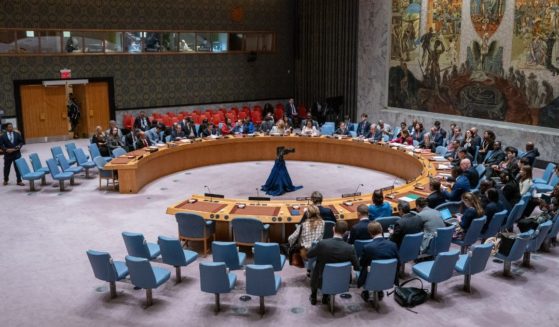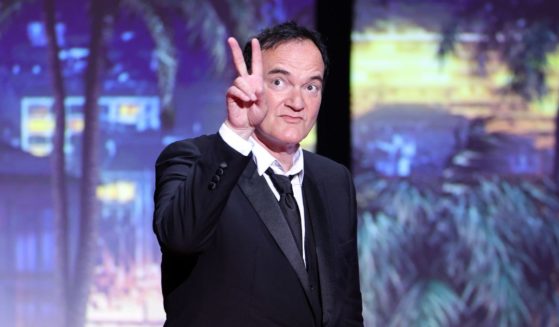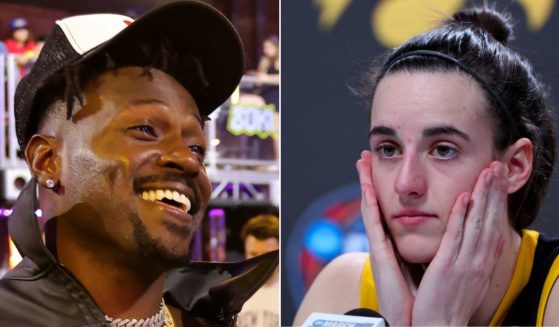Olympic silver medalist also has testosterone condition
Caster Semenya’s closest rival also has a condition that gives her high levels of naturally occurring testosterone and would be affected if track and field’s governing body implements a contentious rule to control hormone levels.
Francine Niyonsaba of Burundi, who won silver medals behind Semenya in the 800 meters at the 2016 Olympics and 2017 world championships, said in an interview with the Olympic Channel that she has hyperandrogenism, the first time she’s spoken about it publicly.
And echoing the argument of Semenya, the 25-year-old Niyonsaba called the IAAF’s intention to force some female athletes to lower their natural testosterone levels or be barred from certain events “discrimination.”
“I know people talk, talk, talk about me,” Niyonsaba said. “You can’t stop people talking. I like to hear people talking. That is motivation.
“I didn’t choose to be born like this. What am I? I’m created by god. So, (if) someone has more questions about it, maybe (they) can ask god. I love myself. I will still be Francine. I will not change.”
Referring to the rule, Niyonsaba said: “For me, it’s about discrimination. It doesn’t make sense.”
The IAAF wants Semenya, Niyonsaba and other female athletes with high levels of natural testosterone to lower them — either through medication or surgery — to be eligible to compete in events from 400 meters to the mile at top track meets like the Olympics. The IAAF argues that female runners with abnormally high testosterone levels have an unfair advantage.
Semenya, the two-time Olympic champion from South Africa, is challenging that at the Court of Arbitration for Sport and the decision, now expected at the end of the month, could have serious ramifications for female runners.
Semenya, Niyonsaba and possibly other medal-winning athletes could be forced to take hormone-suppressing medication for the remainder of their careers or give up their favored events. The IAAF has records that show numerous athletes have the condition but has never identified them because confidential medical details are involved.
Previously, Semenya and Indian sprinter Dutee Chand were the only top athletes to say they had hyperandrogenism, and Semenya only said it publicly recently in written statements regarding her case against the IAAF.
Semenya and Niyonsaba finishing 1-2 in the 800 at the last two major meets appears to strengthen the IAAF’s stance that hyperandrogenism gives runners a significant and unfair advantage. Niyonsaba rejected that.
“To get on the podium is not easy,” she said. “It’s hard work. It’s a lot of sacrifice … Running to get good results is just about training. Nothing else.”
___
More AP sports: https://apnews.com/apf-sports and https://twitter.com/AP_Sports
The Western Journal has not reviewed this Associated Press story prior to publication. Therefore, it may contain editorial bias or may in some other way not meet our normal editorial standards. It is provided to our readers as a service from The Western Journal.
Truth and Accuracy
We are committed to truth and accuracy in all of our journalism. Read our editorial standards.












